List of 20 Low Calorie Vegetables for Weight Loss
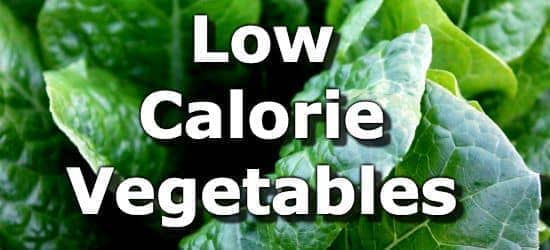
Apart from water and some very thin soups, vegetables are the lowest calorie food group. While nearly every vegetable is low in calories, some are lower than others.
To keep vegetables low in calories and retain the most nutrients, it is best to eat them raw or steamed.
Low-calorie vegetables include watercress, lettuce, arugula, sprouts, napa cabbage, cucumber, and celery. Below are the 20 lowest calorie vegetables. For more see the full ranking of over 200 low-calorie vegetables.
For more low calorie foods, see the article on foods low in calories.
-
 1. Watercress
1. Watercress
Calories per Cup Calories per 100g 4 calories 11 calories -
 2. Arugula
2. Arugula
Calories per Cup Fresh Calories per 100g 5 calories 25 calories -
3. Lettuce
Calories per Cup Calories per 100g 5 calories 15 calories -
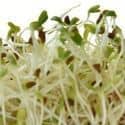 4. Alfalfa Sprouts
4. Alfalfa Sprouts
Calories per Cup Raw Calories per 100g 8 calories 23 calories -
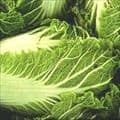 5. Napa Cabbage
5. Napa Cabbage
Calories per Cup Cooked Calories per 100g 13 calories 12 calories -
 6. Cucumber
6. Cucumber
Calories per Cup Raw Calories per 100g 16 calories 15 calories -
 7. Celery
7. Celery
Calories per Cup Raw Calories per 100g 14 calories 14 calories -
 8. Radishes
8. Radishes
Calories per Cup Sliced Calories per 100g 19 calories 16 calories -
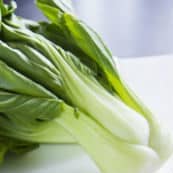 9. Pak-Choi (Bok Choy)
9. Pak-Choi (Bok Choy)
Calories per Cup Cooked Calories per 100g 20 calories 12 calories -
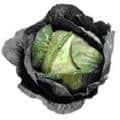 10. Cabbage
10. Cabbage
Calories per Cup Raw Calories per 100g 22 calories 25 calories -
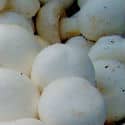 11. Mushrooms
11. Mushrooms
Calories per Cup Cooked Calories per 100g 28 calories 26 calories -
 12. Eggplant
12. Eggplant
Calories per Cup Cooked Calories per 100g 35 calories 35 calories -
 13. Swiss Chard
13. Swiss Chard
Calories per Cup Cooked Calories per 100g 35 calories 20 calories -
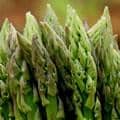 14. Asparagus
14. Asparagus
Calories per Cup Cooked Calories per 100g 40 calories 22 calories -
 15. Spinach
15. Spinach
Calories per Cup Cooked Calories per 100g 41 calories 23 calories -
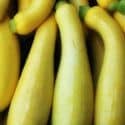 16. Summer Squash
16. Summer Squash
Calories per Cup Cooked Calories per 100g 34 calories 19 calories -
 17. Tomato
17. Tomato
Calories per Cup Cooked Calories per 100g 43 calories 18 calories -
18. Green (Snap) Beans
Calories per Cup Cooked Calories per 100g 44 calories 35 calories -
 19. Pumpkin
19. Pumpkin
Calories per Cup Cooked Calories per 100g 49 calories 20 calories -
 20. Broccoli
20. Broccoli
Calories per Cup Cooked Calories per 100g 55 calories 35 calories
Printable One Page Sheet
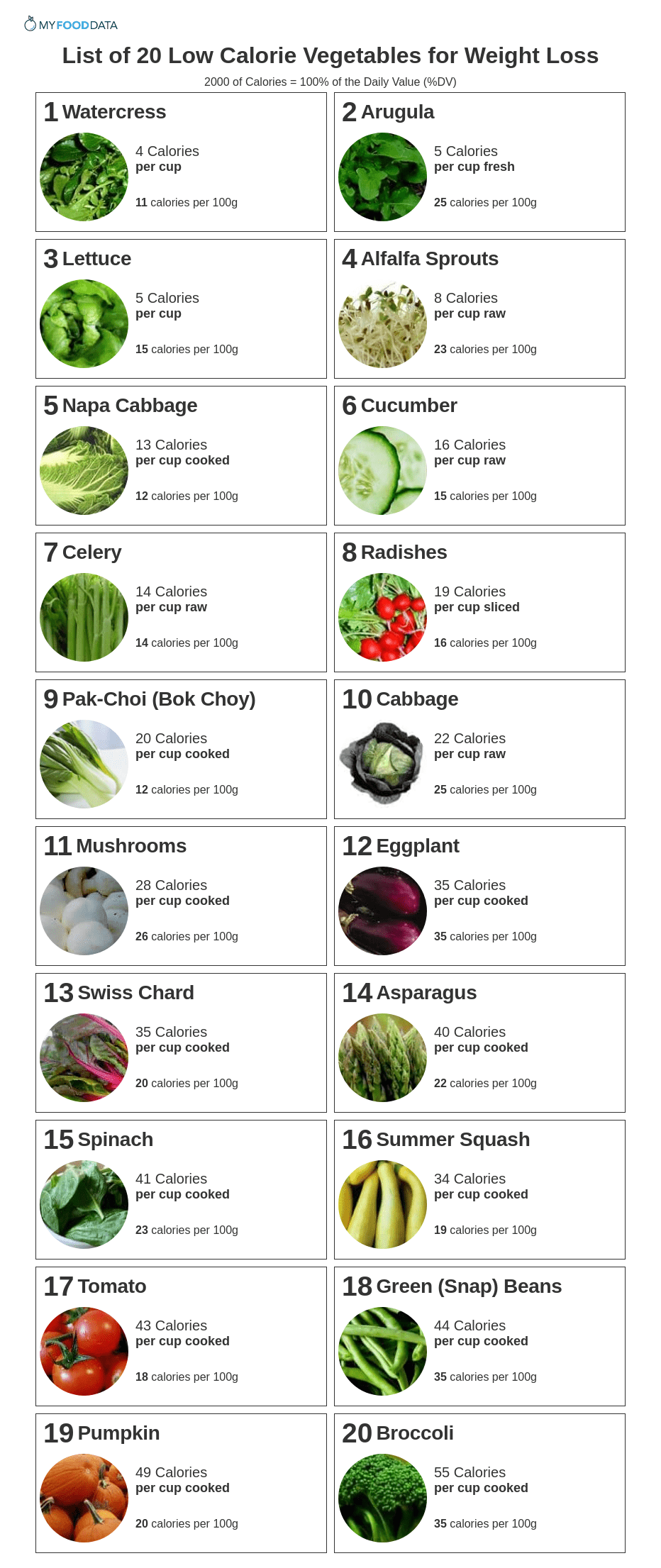
About the Data
Data for the curated food lists comes from the USDA Food Data Central Repository.
You can check our data against the USDA by clicking the (Source) link at the bottom of each food listing.
Note: When checking data please be sure the serving sizes are the same. In the rare case you find any difference, please contact us and we will fix it right away.
About Nutrient Targets
Setting targets can provide a guide to healthy eating.
Some of the most popular targets include:- Daily Value (%DV) - The daily value (%DV) is a general guideline for consumption that will prevent deficiency of a particular nutrient in most people. The %DV refers to the percentage of an amount that\'s found in a single serving of a food. It also accounts for absorption factors. It is set by the U.S. FDA.
- Recommended Dietary Allowance (%RDA) - The RDA sets an average daily dietary intake level that is sufficient to meet the nutrient requirements of nearly all (97.5%) healthy individuals. It\'s more specific than the daily value, and varies by age and gender. The RDA is set by the US National Institutes of Health.
- Reference Dietary Intake (%RDI) -The reference dietary intake is similar to the recommended daily allowance, but is specific to age and gender. The RDI for amino acids is set by the U.N. World Health Organization.
- Adequate Intake (%AI) - This value is primarily used in reference to omega-3 and omega-6 fats. The Adequate Intake is set by the U.S. Institute of Medicine. Because there is less evidence to determine the ideal targets for consumption of these nutrients, the specific amount is considered to be less reliable. Using the term Adequate Intake, rather than one of the other terms, helps to emphasize that the ideal intake of that particular nutrient has not yet been scientifically determined.
See the Guide to Recommended Daily Intakes for more information.
Want to set your own targets? Sign up for an account and set custom targets in the daily food log.From the Nutrient Ranking Tool
Use the ranking tool links below to select foods and create your own food list to share or print.
- Foods High in Calories
- Foods Low in Calories
- Vegetables High in Calories
- Fruits High in Calories
- Vegetarian Foods High in Calories
- Nuts High in Calories
- Grains High in Calories
- Beans High in Calories
- Dairy High in Calories
- Breakfast Cereals High in Calories
- Fast Foods High in Calories
View more nutrients with the nutrient ranking tool, or see ratios with the nutrient ratio tool.
Related
Data Sources and References
Try the recipe nutrition calculator, or daily meal planner.
Create a free account to log and track foods.

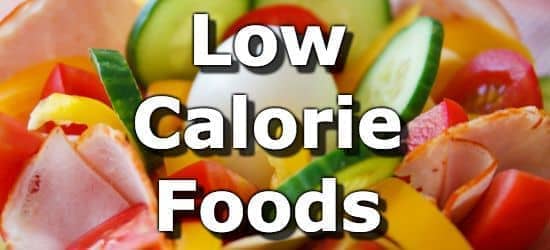 Next ➞
Next ➞